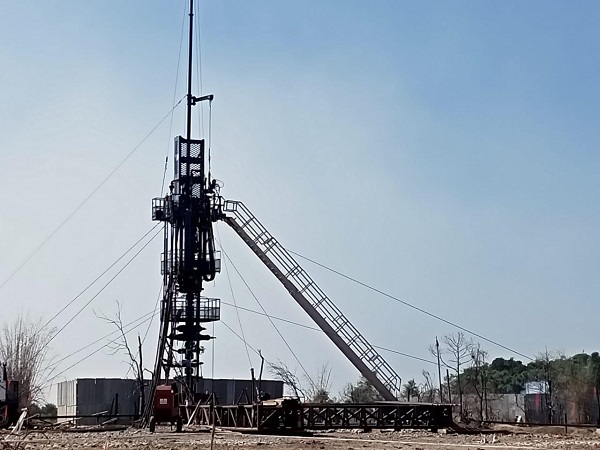Guwahati, (Samajweekly) After nearly six months, state-owned Oil India Ltd’s (OIL) blowout well in Assam’s Tinsukia district has been successfully “killed” and the 160-day-long fire there was doused completely on Sunday, officials said.
“The well has been killed with a brine solution and under control now. Fire has been doused completely. There is no pressure in the well now and it will be observed for 24 hours to check if there is any amount of gas migration and pressure build up,” OIL spokesman and Deputy General Manager Tridiv Hazarika told IANS over phone.
“Further operation to abandon the well is in progress.”
Hazarika said that OIL’s Director, Exploration and Development P. Chandrasekaran, Director, Operations, P. K. Goswami, and Resident Chief Executive D. K. Das visited the Baghjan well site in Tinsukia and had detailed discussions with the foreign and Indian experts besides the OIL team.
Natural gas and oil condensate had started leaking from the oil well in late May and caught fire on June 9.
After several unsuccessful attempts, OIL had earlier successfully diverted the gas and condensate to Baghjan EPS (Early Production Setup) at Baghjan, around 550 km east of Guwahati.
“The oil well fire and gas leakage was largely controlled earlier. Foreign experts, firefighters and OIL engineers had worked on a war footing to control the situation,” Hazarika said.
American and Canadian experts and engineers, who were associated with a Singapore-based firm ALERT, firefighters, NDRF personnel and OIL and ONGC (Oil and Natural Gas Corporation) engineers were on a hectic efforts to check the gas leak and douse the well fire at Baghjan. A total of 46,786 metric tonnes of crude oil and 124.15 million metric standard cubic metre of natural gas were lost by the OIL as a result of protests in and around Baghjan area over the blowout and fire.
Environmentalists and local residents said the fire had left a trail of devastation in the adjoining areas, including the Dibru-Saikhowa National Park. Farms with standing crops as well as ponds and wetlands in the adjoining villages had also been affected.
The OIL had also given around Rs 37 crore as compensation to the affected villagers of over 3,000 families who had also organised a series of agitations including road blockades.










